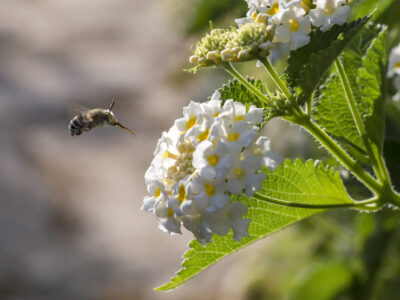Though Maryland is famous for Baltimore and Annapolis and those cities’ proximity to Washington, D.C., the state is rich in wildlife, especially in the woods and mountains in the west and the eastern shore. Though not as abundant as it once was due to pollution and overfishing, the Chesapeake Bay is one of the world’s great fisheries and a lure for tourists. Have a look at all the Animals in Maryland!
The Official Animal Of Maryland

The Baltimore oriole is the official state bird of Maryland.
©Agami Photo Agency/Shutterstock.com
Maryland doesn’t have an official state animal, but its official state bird is the Baltimore oriole. This small blackbird got its name because the bright orange and black colors of the male’s plumage recalled the coat of arms of the Calvert family, whose head was Lord Baltimore. The females and young males have yellow-orange breasts, grayish heads, and bold white bars on their wings.
Smaller and leaner than an American Robin, the oriole is a sturdy, medium-sized songbird. Baltimore orioles are omnivores and their long, pointed bill is ideal for their diet. They eat primarily insects, fruits, and nectars. They feed high in the trees and are more likely to be heard rather than seen. It also has a baseball team named after it.
Official State Fish: Rockfish Or Striped Bass
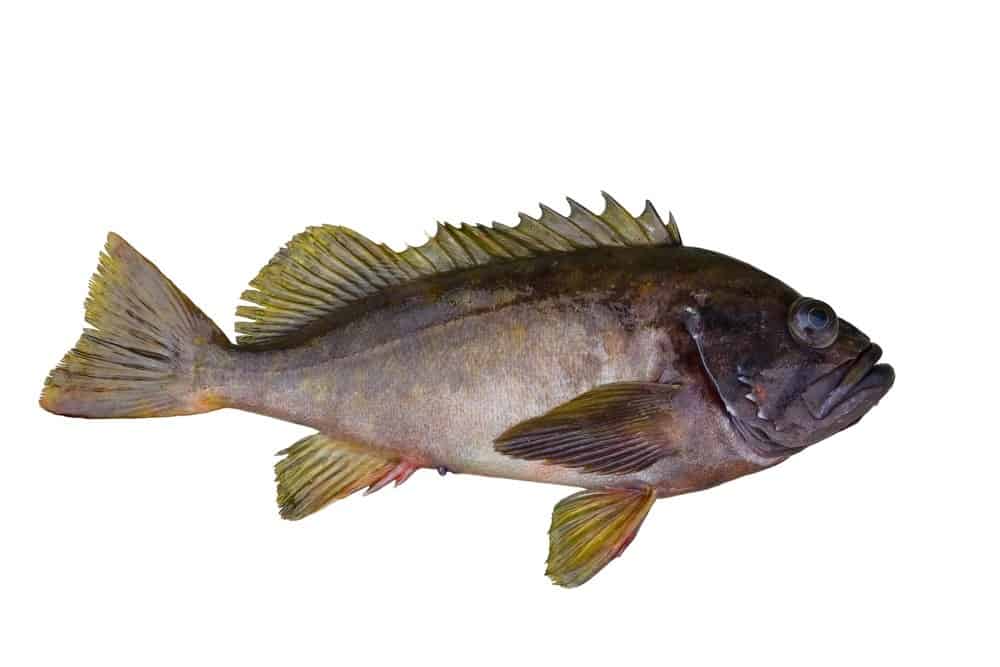
The
rockfish
usually grows close to 3 feet in length, with weights up to 40 pounds.
©Nick Kashenko/Shutterstock.com
Morone saxatilis, like the salmon, is a fish that migrates from the ocean and up rivers to spawn. It has a long, torpedo-shaped silvery body with dark stripes from the gills to the root of its tail. It usually grows close to 3 feet in length and weighs between 20 and 40 pounds, though larger specimens have been caught. The current record in Maryland for a caught rockfish is 67 pounds, 8 ounces, set in 1995.
This rockfish is known for its fighting ability and size. They are challenging to catch but due to declining stocks, there was a suspension placed on harvesting and currently, regulations are in place to ensure their numbers don’t decline again.
Official State Crustacean: Blue Crab
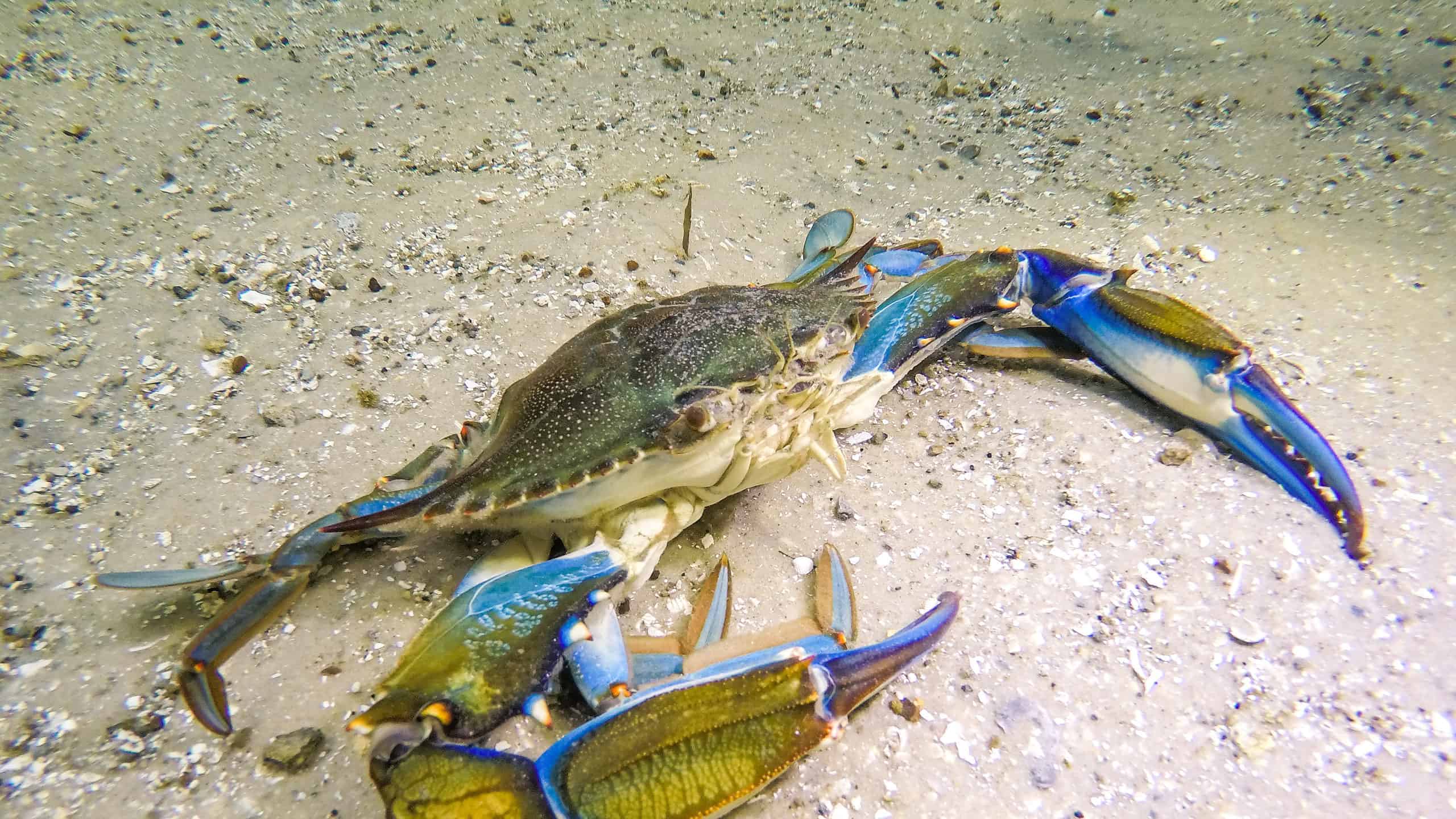
The blue crab, the state food of Maryland, is thought to do best in warm water.
©Jen Helton/Shutterstock.com
The blue crab is not only the state crustacean but is, famously, the state food. Maryland is famous for the cakes made from the meat of this crab. Unlike many other animals, climate change is thought to benefit the blue crab, as it breeds best in warm water. Its name, Callinectes sapidus, means beautiful swimmer who is also savory. This blue crustacean was named the official state food in 1989.
Blue crabs do well in the brackish waters of the Chesapeake Bay and they are an essential part of the state’s economy. The harvest is very well taken care of and although there is no size limit or requirement for females, there is a legal size regulation for harvesting males.
Official State Mammal

The Chesapeake Bay retriever is a favorite of duck hunters for their ability to retrieve prey.
©Kerrie T/Shutterstock.com
Maryland has three state mammals. They’re the calico cat, the Chesapeake Bay Retriever, and the thoroughbred horse. Calico isn’t a breed but a coat color, and one strange but true fact about calico cats is that they’re almost always female.
The Chesapeake Bay retriever has helped many duck hunters retrieve their prey from the waters of the bay. They were originally bred specifically as water dogs and used to hunt and retrieve ducks in the cold waters of the bay.
The Chesapeake Bay thoroughbred horse is a nod to Maryland’s tradition of horse racing. Thoroughbreds are generally brown, chestnut, black, gray, bay, or bay brown in color. Although white is very rare, it is still a recognized color by the American Jockey Club. This horse is a lighter breed and has an average weight of 900 to 1400 pounds and stands at 5.5 feet (16 hands high).
The Preakness Stakes is a thoroughbred horse race that is held every year in Baltimore. It is always held on the first Saturday in May.
Official State Reptile: Diamondback Terrapin
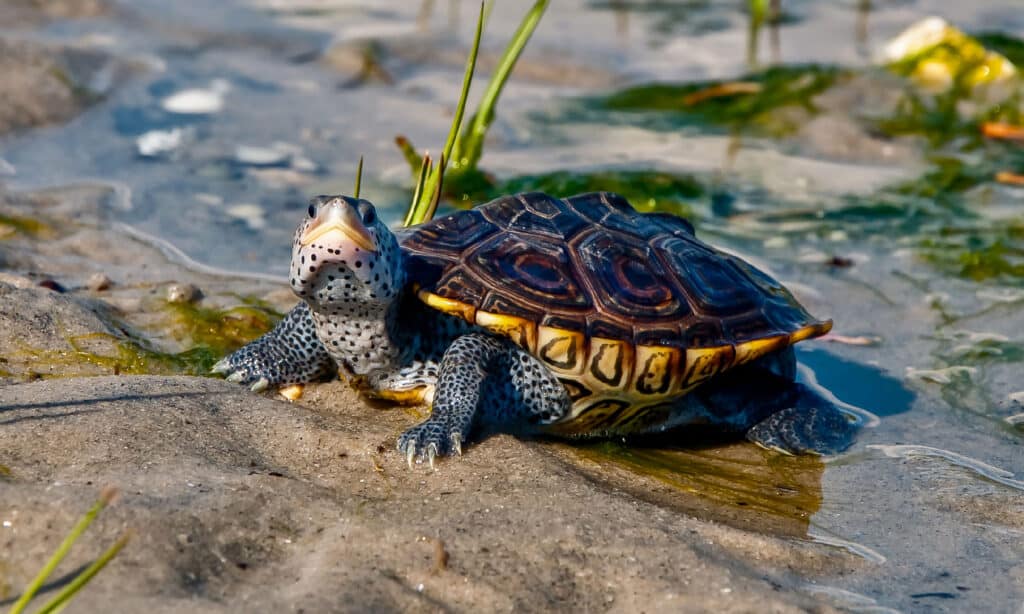
The diamondback terrapin lives in brackish water off the coast of Maryland.
©iStock.com/JasonOndreicka
This turtle is named for the attractive diamond pattern on its shell. Their name Terrapin means “little turtle” in Algonquin. Though it’s not a sea turtle, the diamondback terrapin lives in the brackish water off the Maryland coast and can tolerate salt water.
Diamondback Terrapins are not the most friendly and shouldn’t be handled frequently. They have a fierce bite that may call for medical attention. These turtles can grow up to 12 inches and have an average lifespan ranging between 20 to 50 years.
Official State Insect: Baltimore Checkerspot Butterfly
This beautiful little butterfly was named because the pattern of spots on its wings recalled the colors of the Calvert family’s crest. The butterfly actually isn’t that common in Maryland and is actually considered rare or endangered in the state. It was listed as a federally endangered species in 1997.
Because Baltimore Checkerspot butterflies are extreme vulnerability to pesticides, like all butterflies, they have gone down significantly in numbers and are now considered rare in the state.
Where To Find The Top Wild Animals In Maryland
Though Maryland is not a large state, it has over 120,000 acres of wildlife areas. They include South Mountains State Park and Assateague State Park, which is home to a famous herd of feral horses. There’s Catoctin Mountain, Blackwater National Wildlife Refuge, Merkle Natural Resources Management Area, and Deal Island State Wildlife Management Area, where a person can fish and hunt for crabs. The Isle of Wight Department of Natural Resources Management Area is an excellent place to bird watch. There’s also the Patuxent River Park – Jug Bay Natural Area and Idylwild Natural Area, which is home to many species of butterflies.
Visitors to these areas can find:
Bats

Little Brown Bats are mostly nocturnal.
©Bernd Wolter/Shutterstock.com
Bats found in Maryland include myotis bats such as the little brown bat. Mostly nocturnal, they include the big brown bat, the red bat, and the evening bat. They’re found in caves, tree cavities, tunnels, barns, and attics.
Most bats, like the little brown bat, live in caves and mines but will also be found in trees, piles of wood, bat houses, and artificial structures. The majority of bats have an insectivore diet and can eat up to 1,000 mosquitos in one hour. The female brown bat is slightly larger than the male, but on average they weigh less than half an ounce and have a wingspan of 8 to 11 inches.
The red bat is somewhat larger than the brown bat, with a wingspan of up to 13 inches. Their weights are similar, also under half an ounce. These bats prefer to eat mostly moths and beetles but will select larger prey.
Birds
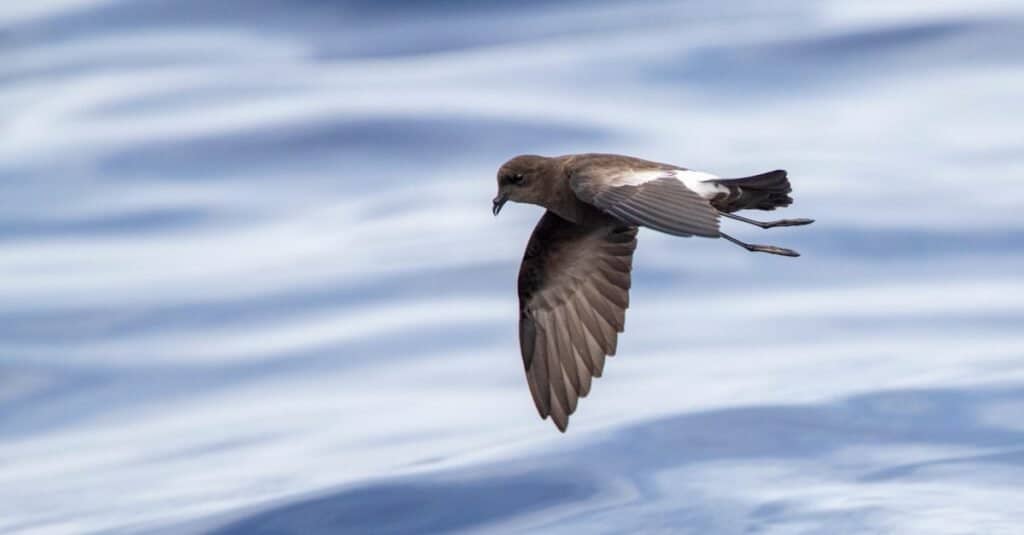
Wilson’s Storm Petrel (Oceanites oceanicus) in flight over the Atlantic ocean.
©Agami Photo Agency/Shutterstock.com
Hundreds of species of birds either pass through Maryland on their way to winter or breeding grounds or live in the state year-round. Many of these birds are waterfowl and include grebes, swans, geese, shovelers, teals, wigeons, scaups, eiders, and other types of ducks. There are even flamingos in Maryland.
Wading birds include stilts and avocets, herons, egrets, bitterns, and storks. Maryland also has the beautiful roseate spoonbill and the white ibis. Some seabirds are skuas, gulls, jaegers, shearwaters, terns, and tropicbirds. The yellow-nosed albatross has been seen in Maryland, as have the southern and northern storm petrels. Puffins, murres, dovekies, guillemots, and auks take the place of penguins in the northern hemisphere. Loons give their strange call on Maryland’s lakes and sandpipers, curlews, godwits, and turnstones scurry along the shore poking for food in the mud.
Birds of prey include eagles, ospreys, falcons, vultures, hawks, and kites. The state is home to other bird predators such as the nocturnal owls.
Other types of birds are passerines such as flycatchers, kingbirds, mourning doves, vireos, shrikes, crows, magpies, bluejays, tits, swallows, larks, chickadees, and kinglets. Starlings, wrens, and mockingbirds are also common in Maryland, as are robins, sparrows, bluebirds, finches, and warblers. Cardinals, tanagers, buntings, and their cousin the dickcissel also make Maryland their home.
There are even parrots in Maryland. The one parrot that’s still extant is the Monk parakeet, though scientists do not know if it is wild or feral. It is not native, for its origins are in South America.
Reptiles And Amphibians
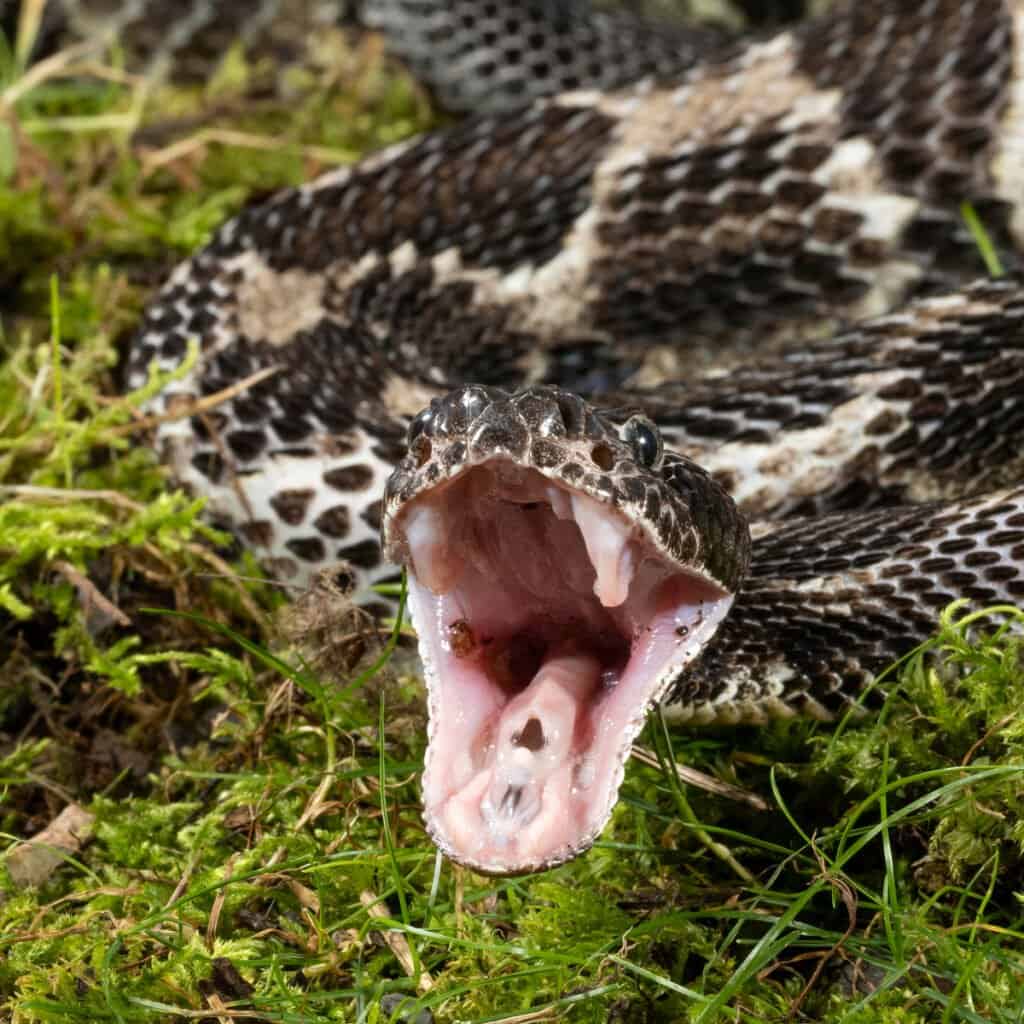
Maryland is home to 27 different types of snakes, the timber Rattlesnake is one of them.
©Joe McDonald/Shutterstock.com
Though Maryland can get chilly in the winter, it does have its share of reptiles and amphibians. Maryland is home to several snakes, including the corn snake, the eastern rat snake, and the common garter snake. Venomous and dangerous snakes found in Maryland are the eastern copperhead and the timber rattlesnake. In total, Maryland is home to 27 different types of snakes.
Besides the diamond terrapin, Maryland’s waters are habitats for species of sea turtles, including one of the rarest, Kemp’s Ridley sea turtle. The Atlantic hawksbill, loggerhead, leatherback, and green sea turtles are also found in Maryland’s part of the Atlantic Ocean.
Other Maryland turtles are the eastern snapping turtle, the eastern mud, musk, box, and painted turtles, the eastern spiny soft-shelled turtle, and the northern red-bellied cooter.
Maryland lizards include skinks, racerunners, and the Mediterranean gecko, which as its name implies, is not native to the state. Like skinks, it is often found around people’s houses.
Amphibians of Maryland are different species of frogs including the carpenter frog, the bullfrog, and the mountain chorus frog. Salamanders are the Jefferson salamander, the northern slimy salamander, the red salamander, mudpuppies, eastern newts, and hellbenders. A few of several toad species are Fowler’s toad, the barking toad, and the American toad.
Predators

The gray fox is stout and has shorter legs than the red fox.
©sunsinger/Shutterstock.com
Maryland predators include the coyote, the red and gray fox, and the black bear. Other predators are seals and the bobcat. There are also sharks near Maryland’s coast and beaches.
The gray fox, also known as a paraphyletic fox and not a true fox, is commonly found throughout Maryland, as well as most of the eastern and southern U.S. Stouter, and with shorter legs than the red fox, they weigh between 7 to 13 pounds and have heights of 31 to 44 inches, tail included. The body of this fox is mostly gray, with some reddish tinges throughout. The red fox is the largest of the true foxes, standing at 14 to 20 inches tall and weighing 10 to 31 pounds. They have an average lifespan of 3-4 years and are defined by their reddish-brown fur.
Insects

Bald-faced hornets, despite their name, are actually yellowjackets.
©Ernie Cooper/Shutterstock.com
Besides the Baltimore Checkerspot Butterfly, the many many species of insects include common bees, moths, dragonflies and damselflies, beetles, true bugs, ants, cicadas, crickets, katydids, grasshoppers, flies, mantids, mosquitoes, and termites.
The most common species of insect found in Maryland is the Eastern Yellowjacket (Vespula maculifrons). There are two of this genus in the wasp family that are differentiated by their habits and traits, although they both have similar colorings. The eastern yellowjacket prefers to make its nest in the ground but may also be found in basements, attics, and garages.
The Bald-Faced Hornet is another species native to this state and is another yellowjacket. It has different color patterns, very light to white, that are only found on its face and abdomen.
Other Arthropods
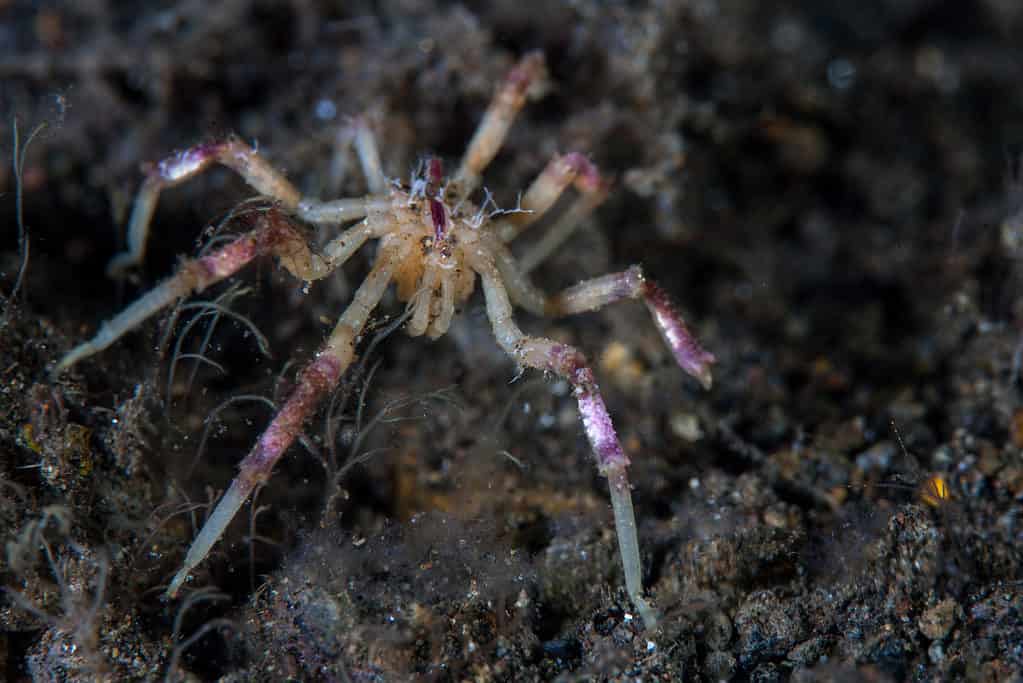
Sea spiders are small predators of marine invertebrates.
©iStock.com/Velvetfish
Other Maryland arthropods include crabs, shrimps, lobsters, and sea spiders. There are millipedes and centipedes, strange, tiny creatures called pauropods, and transparent burrowing symphylans that live in the soil. Unfortunately, there are a variety of ticks and mites, including those that spread disease.
Spiders include black and yellow garden orb-weavers, barn spiders, black widows, jumping spiders, wolf spiders, and brown recluse spiders. There are fishing spiders that live near or even on bodies of water and eat insects, tadpoles, and small fish.
While many of the spiders in Maryland are venomous, the black widow is the only one that is considered dangerous. The venom of other spiders is considered too little to have an effect on people but the black widow requires immediate medical assistance. Not generally found in homes, they prefer basements, garages, and porches. They are not aggressive but when touched, will bite on instinct.
Fish
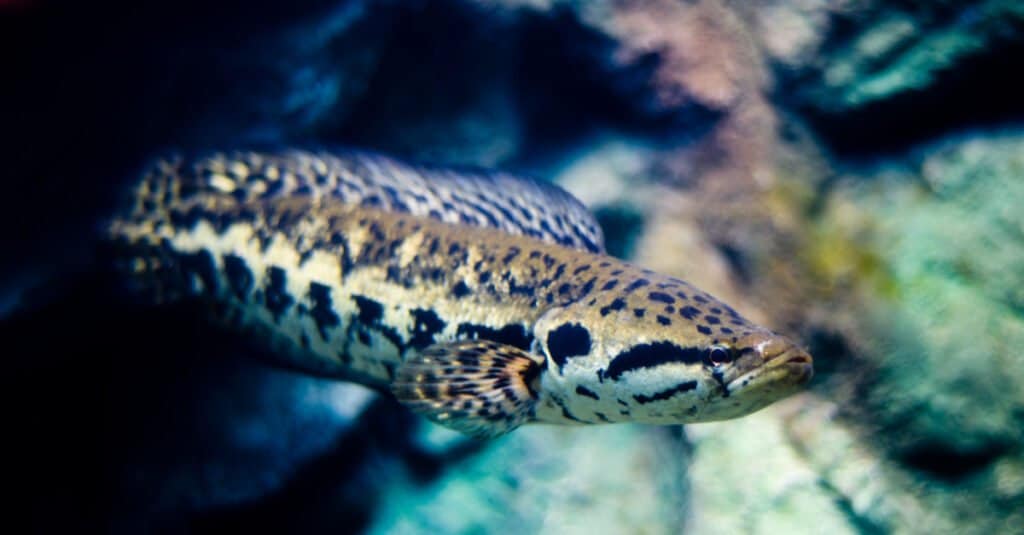
Snakehead fish are an invasive species in Maryland.
©Narongchut/Shutterstock.com
Fish that live in Maryland’s lakes, ponds, streams, and rivers include the American eel, burbots, minnows, herrings, shads and alewives, carp, perches, trout, and trout-perches, pikes, mosquitofish, silversides, whitefish, and catfish. People have been eating the eggs and meat of sturgeons for thousands of years and now those fish are endangered. Snakehead fish are invasive and aggressive predators. They like stagnant or even muddy water, must breathe air, and can live on land for as long as four days if their skin is kept moist.
The saltwater fish of Maryland are plentiful and include bay anchovies, black sea bass, bluefish, Atlantic croakers, and flukes. The ugly but tasty monkfish lives at the bottom of the sea, and the Atlantic needlefish is often found in marinas. Marlin and other billfish are sport fish, and the cownose ray gets its name from the shape of its snout. The sandbar shark is common in the Chesapeake Bay.
Rodents

The eastern
chipmunk
is the only chipmunk found in Maryland.
©iStock.com/rodmacpherson
Maryland rodents include the eastern chipmunk, the eastern gray squirrel, the burrowing groundhog, the muskrat, the flying squirrel, and many species of mice and rats, including the marsh rice rat and the all too common house mouse. Beavers are found in Maryland’s freshwater environs, and there are several species of vole, though most aren’t native to the state. The North American porcupine and the nutria are also rodents that make a living in Maryland.
The chipmunk is the only living member of the genus Tamias and the only chipmunk found in Maryland. It has a weight of 2 to 5 ounces and grows between 8 and 10 inches tall. With a lifespan of 3 years in the wild, they have a shorter lifespan than other chipmunks. While their diet consists mostly of slugs, butterflies, worms, and snails, they will snack on the occasional frog and mouse.
Other Mammals

Snowshoe Hares change from gray and brown to white in the winter.
©FotoRequest/Shutterstock.com
Rabbits also make Maryland their home. They include the snowshoe hare, which famously changes color from gray and brown to white in the winter, the black-tailed jackrabbit, and the Appalachian and eastern cottontail rabbits.
A wealth of marine mammals live off the Maryland coast. They include the short-beaked common dolphin and other dolphin species, beaked whales, sperm whales and pilot whales. Killer whales have also been seen off the coast of Maryland, as have blue, fin, sei, common minke and humpback whales.
Both the striped and eastern spotted skunk are found in Maryland, and mustelids include the American river otter, the mink, the fisher, the American ermine and the least weasel. The opossum, North America’s only marsupial, is common as is the raccoon. There are several species of shrew, including the smoky shrew and the least shrew.
There are two types of extant deer in Maryland. There’s the white-tailed deer, which is ubiquitous and the sika deer. This deer is actually native to east Asia and was introduced. They can be told from white-tailed deer because they keep the spots they had as fawns.
The horses on Assateague Island are feral, which means they’re descended from domestic horses. Once a year they’re rounded up and auctioned off.
Zoos In Maryland

The National Aquarium in Baltimore was once named the Baltimore Aquarium
©ESB Professional/Shutterstock.com
If visitors don’t have time to go to the wildlife areas, they can always visit Maryland’s zoos. They include the Salisbury Zoological Park, the Maryland Zoo in Baltimore, the Plumpton Park Zoo in Rising Sun, and Baltimore’s world-famous National Aquarium.
The non-profit, public National Aquarium, formerly known as the National Aquarium in Baltimore, is located on Pier 3 in the Inner Harbor. There are thousands of species found in award-winning habitats and it is ranked as one of the nation’s top three aquariums.
Wild Animals In Maryland
Maryland is home to many animals that are found in the mid-Atlantic area of the United States. Among them is the West Indian manatee. Though it prefers warmer waters and is considered a vagrant, this rarest of marine mammals has been seen off the Maryland coast. The southern bog lemming is a largely nocturnal, burrowing rodent that likes the loose soil of bogs and forest edges.
The mummichog or mud minnow is a little fish that lives in the Chesapeake Bay and can tolerate a great range of temperatures, high salinity, poorly oxygenated water, and pollution. In 1973, mummichog was part of the cargo of Skylab and was the first fish to go into space. Horseshoe crabs, whose species is about 450 million years old and who are collected for their sapphire blue blood, are visitors to Maryland’s shores.
The Most Dangerous Animals In Maryland Today

Snapping Turtles can deliver hard, nasty bites.
©iStock.com/Emily Jackson Photography
Maryland doesn’t have that many dangerous animals, but ones that a person should respect include:
- Black bears. These bears can be aggressive, especially if they get used to humans feeding them.
- Black widow and brown recluse spiders. These spiders are docile, but they will bite if they’re threatened. Their venom is potent enough for a bite to be considered a medical emergency.
- Timber rattlesnake. This rattler is the only one found in the northeast. Its venom is powerful, but the snake is rather docile. It takes a lot of provocation for it to strike.
- Snapping turtle. Though these turtles would rather burrow into mud at the bottom of a lake if they’re disturbed, they can still deliver a nasty bite.
While technically not a dangerous animal like others that may come to mind, if disturbed, this turtle has a bite that can cut through bone, and even the babies can cause some damage. However, unless they feel threatened, snapping turtles aren’t likely to harm a person. The snapper is an omnivore, they eat aquatic vegetation, fish, snakes, and other animals. They range in size from 8 to 14 inches and can live more than 40 years.
Native Plants In Maryland

The black-eyed Susan is the state flower of Maryland – it is, however, native to Missouri as well.
©iStock.com/Dopeyden
With a popular nickname like The Old Line State, not to mention having the black-eyed Susan as its official flower, Maryland has shown just how much they value its roots. The Maryland meadow beauty is just one of the amazing plants that have made Maryland their home.
This fast-growing Rudbeckia has daisy-like flowers and an ability to self-seed which makes it a great choice for wildflower gardens. While there are 25 species of the Rudbeckia, the black-eyed Susan is the most common. It grows up to 3 feet tall, needs full exposure to the sun, and blooms in the summer and fall.
This state flower is so popular that there is even an award named for it – The Black-Eyed Susan Book Award. Begun in 1992, this award, in the pursuit of literacy and lifelong reading habits, hopes to encourage students to read contemporary literature of quality.
Endangered Animals In Maryland
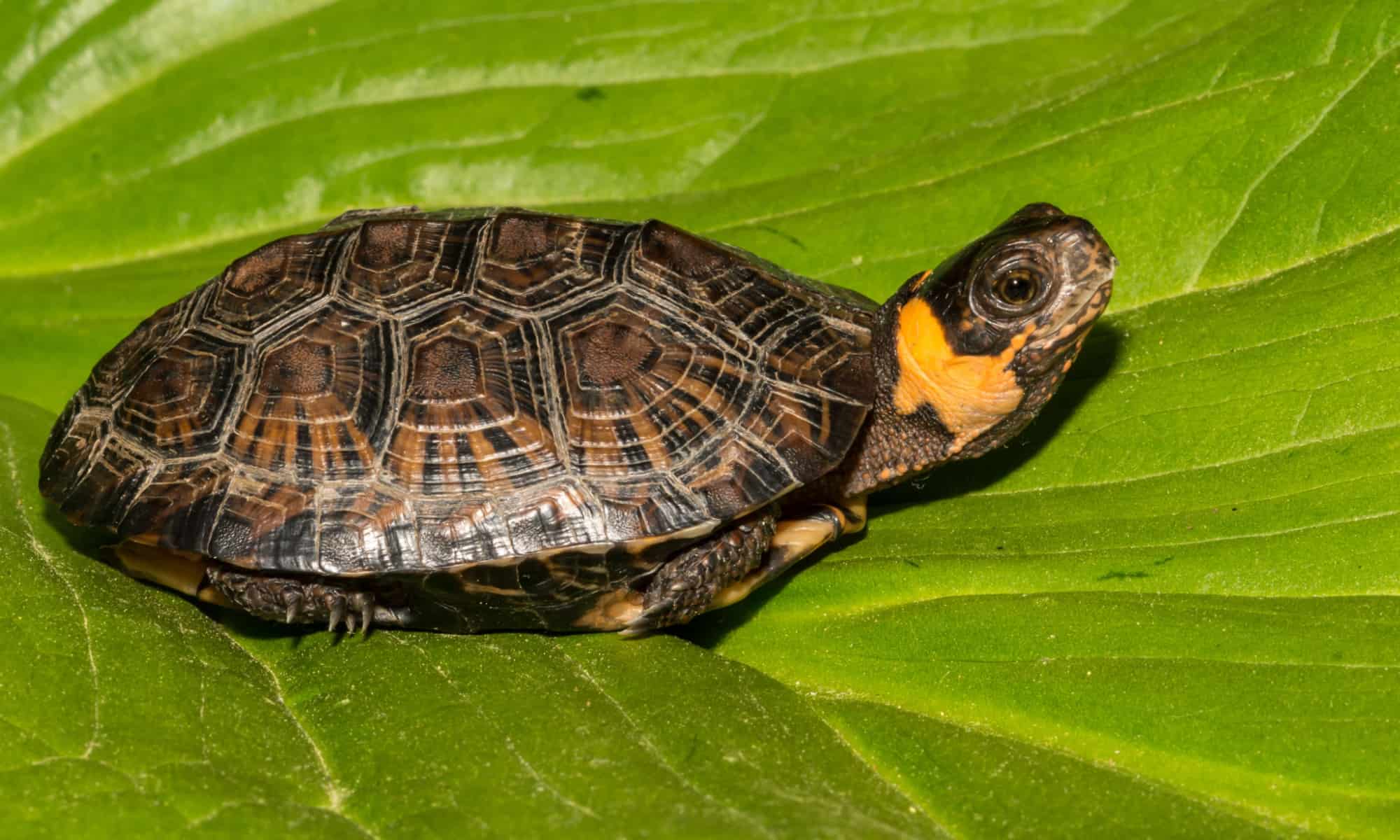
The bog turtle is critically endangered due to the illegal pet trade.
©Jay Ondreicka/Shutterstock.com
There are more than 175 animals in Maryland that are either endangered, threatened, or in need of conservation, though attempts are being made to save some of them.
They include:
- Eastern oyster. Though the conservation status of this animal hasn’t been evaluated, over-harvesting and pollution caused the eastern oyster population to crash. As of 2021, it is one percent of where it was in the 1890s.
- Bog turtle. This little turtle is critically endangered because of the illegal pet trade and its low reproduction rate.
- Red-cockaded woodpecker. One of the rarest of the woodpeckers that are only found in the southeastern states, this bird gets its name because of the sliver of red on the male’s head during the breeding season. It’s considered near threatened.
- Puritan tiger beetle. There are around nine populations of this rather voracious beetle in Maryland, and there is an effort to increase the population.
One of the most rare turtles found in the U.S., the bog turtle has a current number of 2,500 to 10,000. Growing to only 4.5 inches in length, it is the smallest turtle in North America. They inhabit wetlands and bogs and due to several invasive species that can dry out these areas, they are facing a loss of habitat. Because they are extremely sensitive to the effects of global warming, with their needs for a specific habit, erratic weather patterns disrupt this environment.
Rarest Animal In Maryland
One of the rarest specimens in the state is the Maryland Darter fish. Not only rare in the state but thought to be one of the rarest fishes in the world. It is so rare that the IUCN Red List has listed this fish as extinct.
First discovered in 1912, the darter fish is a ray-finned fish found in freshwater, part of the family Percidae. They often grow from 1 to 9 inches, although many of these species do not grow larger than 3 inches. The last known sighting of this fish was in 1988. The darter is so rare because it has certain habitat requirements. It needs highly oxygenated, rapidly moving streams where there are rocky riffles occurring. Due to an increase in population, its habit has lessened.
The Largest Animal In Maryland
Once the home to wolves, elk, and mountain lions, the only large animal now found in Maryland is the black bear. They are located mostly in the counties of Garrett, Washington, Frederick, and Allegany. Because of the breeding population of black beers in these counties, there is a healthy populace. Although they are located in the westernmost counties, it isn’t uncommon to see them in the central parts of the state.
Male black bears weigh around 400 pounds, while females are lighter at 175 pounds. When standing upright, a black bear may be up to 7 feet tall. Bears are most active during the early morning and late evening hours in spring and summer.
Native Trees In Maryland

There are more than 200 species of trees native to Maryland, like this Sweetbay Magnolia.
©t50/Shutterstock.com
From Sweetbay Magnolia to Eastern Red Cedar, the native trees in Maryland run the gamut and are each beautiful in their own right. In fact, there are more than 200 species of trees native to Maryland. While we didn’t list all of them, we did round up 12 stunners that are worthy of mention. Explore this list of beautiful trees and plants you’ll find throughout the great state of Maryland.
The Sweetbay Magnolia, while not as messy as the Southern Magnolia, still has a generous amount of beautiful blooms that will drop. This tree will reach over 30 feet in maturity when in warmer climates, and when in colder climates will only reach 10 feet.
The Eastern Red Cedar can grow to a height of 30 to 35 feet. This cedar has dark green leaves in the summer that will change to a reddish-brown in the autumn. They are native to North America, are cold-hearty, and are able to grow in any soil.
The Coldest Place In Maryland

Skiing and snowboarding are popular activities in McHenry, MD
©iStock.com/Wirestock
The coldest place in Maryland is considered to be McHenry, which is at the northernmost tip of Deep Creek Lake, with an elevation of 2,800 feet in the Appalachian range and an average winter temperature of 24 degrees Fahrenheit. Located in Garrett County, it is known for having activities year-round and has a reputation for having one of the most beautiful areas on the east coast for skiing, mountain biking, white water rafting, and adventures on and around the lake.
January is generally the coldest time in McHenry, with low temperatures of 19 degrees and highs only reaching to 34 degrees. The current population of McHenry is around 1,750 residents.
More Articles Related to Maryland
Read about:
- extinct animals that lived in Maryland.
- the best national parks in Maryland.
- the types of hawks in Maryland.
- the best fish to catch in Maryland in the summer.
- the highest point in Maryland.
- 12 incredible trees native to Maryland.
Marylander Animals

Admiral Butterfly
Stunningly beautiful wings
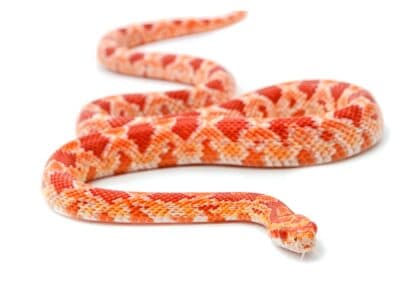
Albino (Amelanistic) Corn Snake
Albino corn snakes make great beginner snakes.
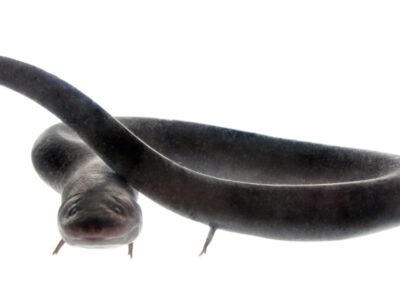
American Eel
Don't eat raw eel! Their blood is poisonous to humans when consumed raw.

Armyworm
They are so named because they "march" in armies of worms from one crop to another in search of food
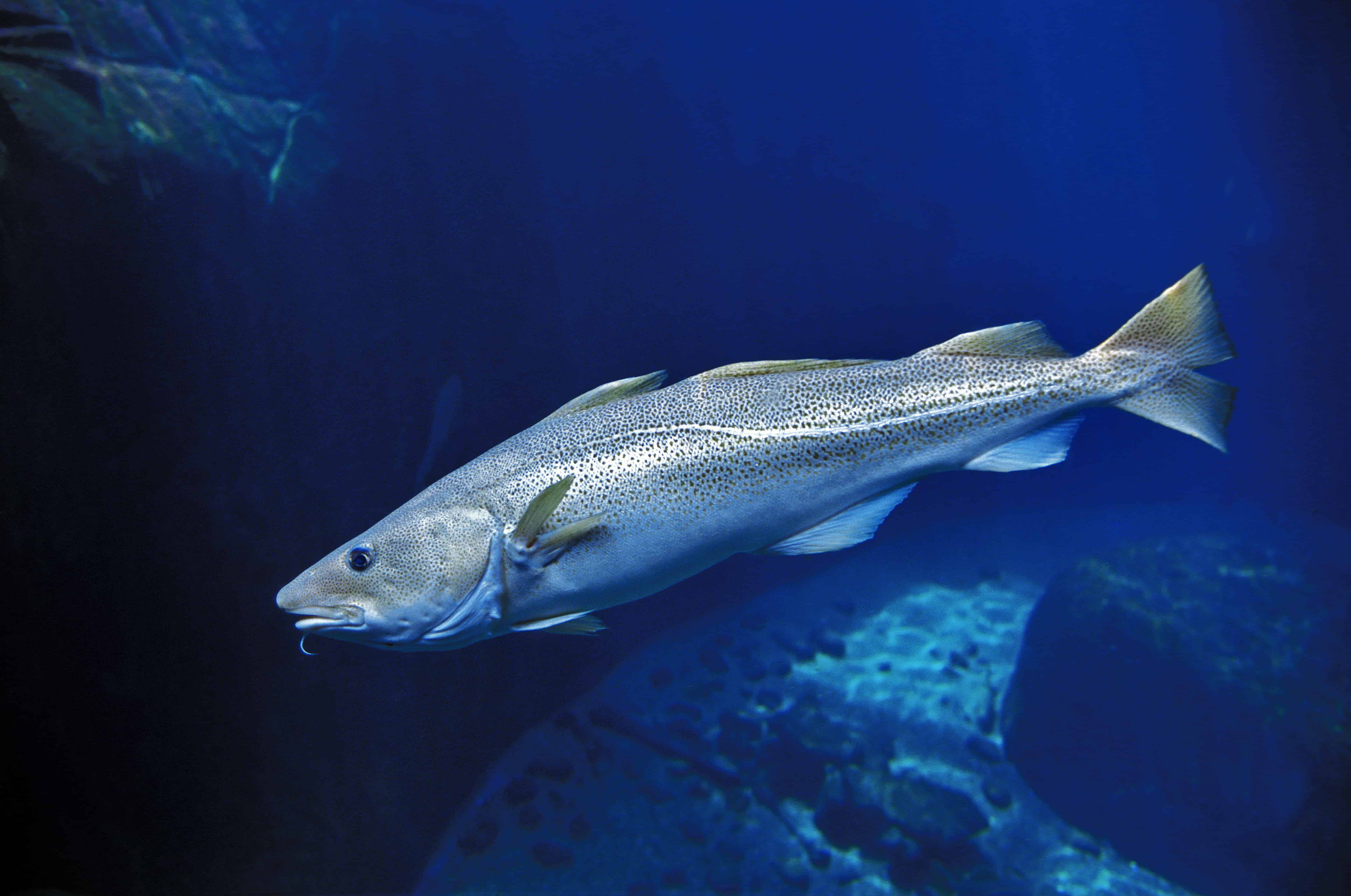
Atlantic Cod
One of the most popular food fishes in the world
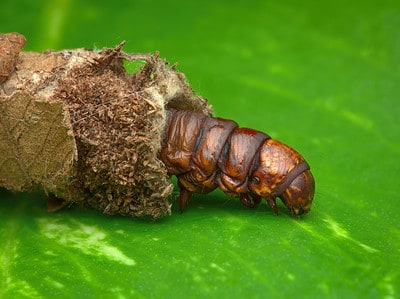
Bagworm Moth Caterpillar
They continually enlarge their protective cases

Beewolf wasp
They hunt bees
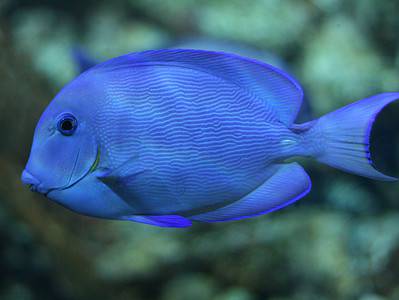
Blue Tang
One of the most colorful members of the genus Acanthurus

Clearnose Skate
The skate with translucent nose patches

Common Yellowthroat
The Common Yellowthroat stays close to the ground and uses stealth to survive!
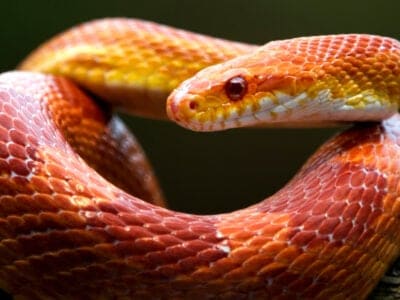
Corn Snake
Corn snakes are partly arboreal and are excellent climbers.
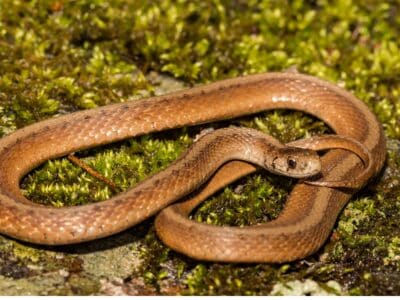
De Kay’s Brown Snake
They have specialized jaws for removing snails from shells.

Eastern Chipmunk
The name chipmunk is derived from an Ojibwe word that means “one who descends the trees headfirst.”
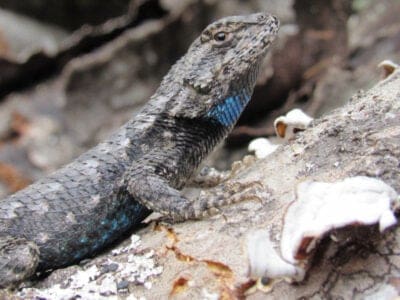
Eastern Fence Lizard
Females are usually larger than males.

Eastern Rat Snake
Rat snakes are medium-to-large, nonvenomous snakes that kill by constriction.

Flea
Adult fleas can jump up to 7 inches in the air
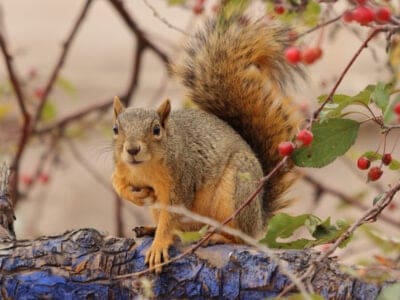
Fox Squirrel
Although it is a tree squirrel, it spends most of its time on the ground.

Groundhog (Woodchuck)
They whistle to each other to warn of approaching danger!

Jack Crevalle
One of the biggest species in the Caranx genus

Jackrabbit
They can run as fast as 45 mph.

Kentucky Warbler
The Kentucky Warbler appears to wear bright yellow cat-eye glasses!

Mealybug
They have a symbiotic relationship with ants.

Mockingbird
Mockingbirds are incredible mimics that can learn hundreds of songs!
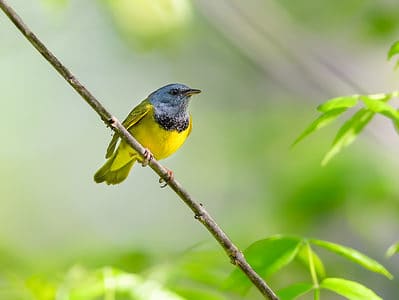
Mourning Warbler
The Mourning Warbler was named for its gray head, which resembles a mourning veil!

Nematode
Nematodes range in size from 1/10 of an inch to 28 feet long

Northern Water Snake
Northern watersnakes’ teeth help them nab fish as they swim by.

Orb Weaver
Females are about four times the size of males

Owl
The owl can rotate its head some 270 degrees
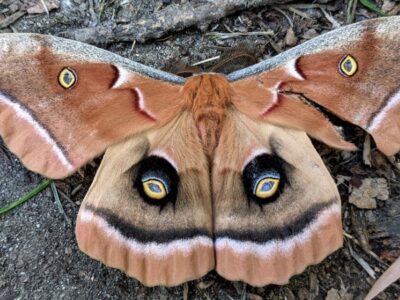
Polyphemus Moth
The Polyphemus moth doesn’t and can't eat, except when it's a caterpillar!

Pompano Fish
They are bottom-feeders
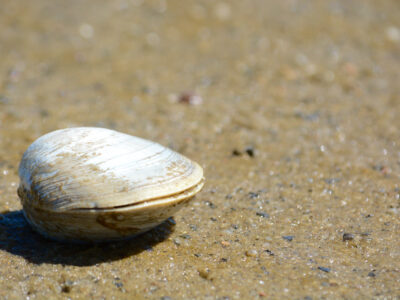
Quahog Clam
Their hinged shell protects their soft body

Rat Snakes
Rat snakes are constrictors from the Colubridae family of snakes.
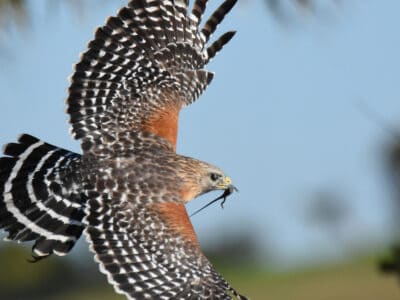
Red-Shouldered Hawk
Red-Shouldered Hawks reuse the same nesting area each year.

Rooster
Will mate with the entire flock!
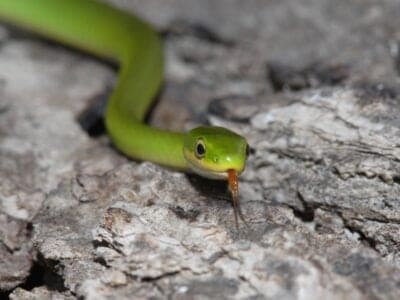
Rough Green Snake
Rough green snakes are great pet snakes because they're low-maintenance.
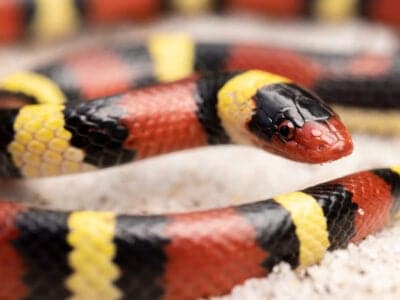
Scarlet Kingsnake
Scarlet kingsnake’s pattern is an example of Batesian mimicry.
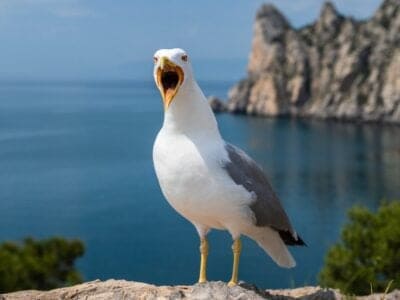
Seagull
Some gulls are capable of using tools

Smallmouth Bass
A fierce fighter!

Smokybrown Cockroach
Has up to 45 eggs per egg case
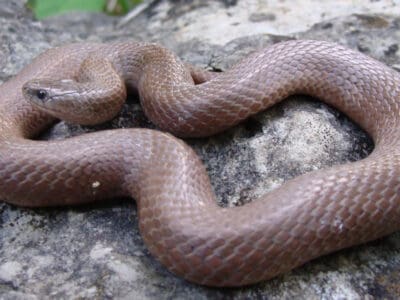
Smooth Earth Snake
Valeria Biddle Blaney (1828-1900) collected the first specimen in Maryland.
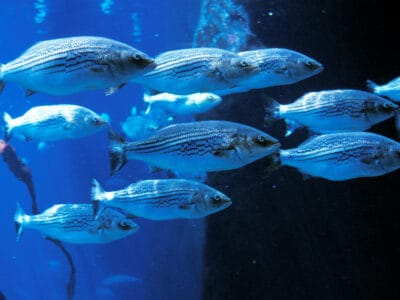
Striped Bass
Pilgrims counted striped bass as an essential part of their diet from the time they arrived in North America.

Tree Cricket
They make music with their wings
Marylander Animals List
- Admiral Butterfly
- Albino (Amelanistic) Corn Snake
- American Eel
- Armyworm
- Atlantic Cod
- Bagworm Moth Caterpillar
- Beewolf wasp
- Blue Tang
- Clearnose Skate
- Common Yellowthroat
- Corn Snake
- De Kay’s Brown Snake
- Eastern Chipmunk
- Eastern Fence Lizard
- Eastern Rat Snake
- Flea
- Fox Squirrel
- Groundhog (Woodchuck)
- Jack Crevalle
- Jackrabbit
- Kentucky Warbler
- Mealybug
- Milk Snake
- Mockingbird
- Mourning Warbler
- Nematode
- Northern Water Snake
- Orb Weaver
- Owl
- Pine Snake
- Polyphemus Moth
- Pompano Fish
- Quahog Clam
- Rat Snakes
- Red-Shouldered Hawk
- Rooster
- Rough Green Snake
- Scarlet Kingsnake
- Seagull
- Smallmouth Bass
- Smokybrown Cockroach
- Smooth Earth Snake
- Southeastern Blueberry Bee
- Striped Bass
- Swallowtail Butterfly
- Tree Cricket
- Yellowish Cuckoo Bumblebee (formerly Fernald’s Cuckoo Bumblebee)
Animals In Maryland FAQs (Frequently Asked Questions)
What dangerous animals live in Maryland?
The most dangerous animals that now live in Maryland are the black bear and the timber rattlesnake, though neither one of them is terribly aggressive.
What animals is Maryland known for?
Maryland is known for the blue crabs which contribute to its delicious crab cakes and the Baltimore oriole, its state bird and baseball team mascot.
What is the top predator in Maryland?
The top predator in Maryland is probably the snakehead fish. It is not native to Maryland, and when it is introduced into a body of water it becomes the apex predator. It will eat just about anything it can handle, from plankton when it’s a baby to rats when it’s an adult.
What are the best camping spots in Maryland?
Some of the best camping spots in Maryland include Sun Outdoors Ocean City Beachside RV Park, Assateague State Park, and Cunningham Falls State Park.
What is Maryland's domestic animal?
Maryland has at least three domestic animals. They are the calico cat, the thoroughbred horse and the Chesapeake Bay retriever, which is a hunting dog.





